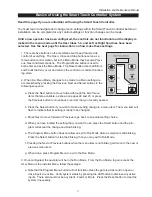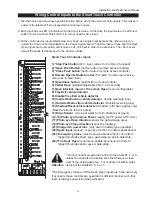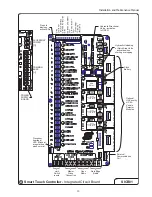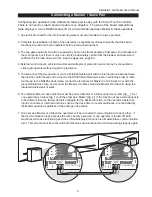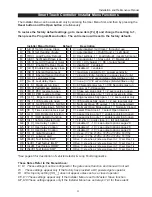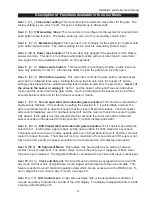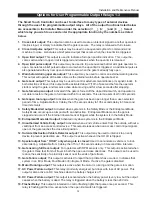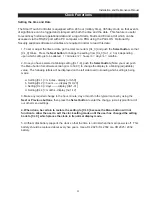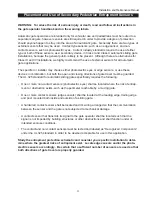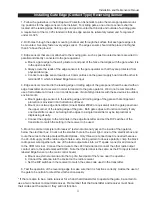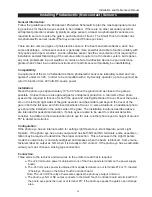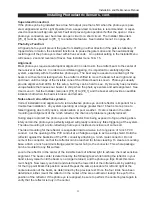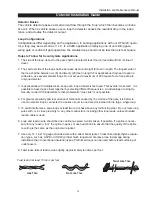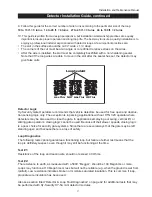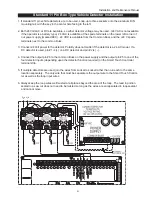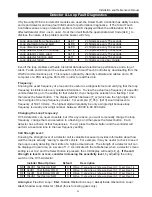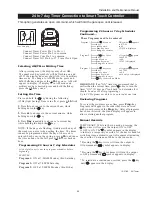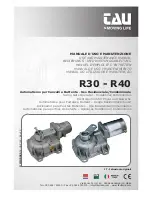
Installation and Maintenance Manual
31
UL 325 Standard requirements for Entrapment Protection Devices
Gate Operator Category
Horizontal Slide, Vertical Lift, Vertical Pivot, Swing and Vertical Barrier (arm)
Usage class
Primary type
a
Secondary type
a
Primary type
a
Secondary type
a
Vehicular I and II A
B1, B2, or D
A, or C
A, B1, B2, C, or D
Vehicular III
A, B1, or B2
A, B1, B2, D, or E
A, B1, or C
A, B1, B2, C, D, or E
Vehicular IV
A, B1, B2, or D
A, B1, B2, D, or E
A, B1, C, or D
A, B1, B2, C, D, or E
Note-The same type of device shall not be utilized for both the primary and the secondary entrap-
ment protection means. Use of a single device to cover both the opening and closing directions is in
accordance with the requirement; however, a single device is not required to cover both directions.
A combination of one Type B1 for one direction and one Type B2 for the other direction is the
equivalent of one device for the purpose of complying with the requirements of either the primary or
secondary entrapment protection means.
a
Entrapment protection sensor types:
Type A - Inherent entrapment sensing systems.
Type B1 - A non-contact sensor (photoelectric sensor or the equivalent).
Type B2 - A contact sensor (edge sensor device or the equivalent).
Type C - Inherent adjustable clutch or pressure relief device.
Type D - An actuating device requiring continuous pressure to maintain opening or closing
motion of the gate.
Type E - An inherent audio alarm, which warns a minimum of 3 seconds before operation.
UL Usage Class Information:
The automatic vehicular operator must also be labeled as appropriate for both the type and usage
class of the gate. Installers must verify that the gate operator is labeled for the intended applica-
tion. Note: Sliding gate operators installed in Class I & II applications must not move the gate faster
than 12 inches per second.
Class I: Intended for use in a home of one to four single family dwelling, or a parking area associ-
ated therewith.
Class II: Intended for use in a commercial location or building such as a multi-family housing unit
(five or more single family units) hotel, garages, retail store or other building servicing the general
public.
Class III: Intended for use in an industrial location or building such as a factory or loading dock or
other locations not intended to service the general public.
Class IV: Intended for use in a guarded industrial location or building such as an airport security
area or other restricted access locations not servicing the general public, in which unauthorized
access is prevented via supervision by security personnel.

